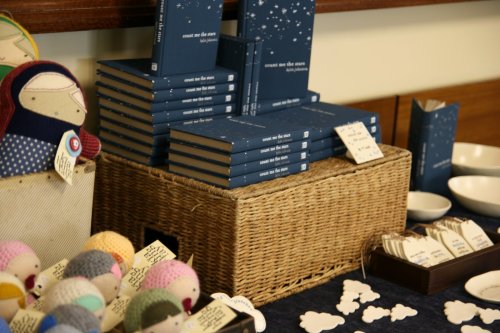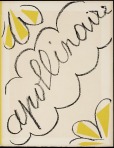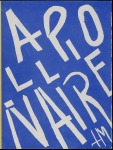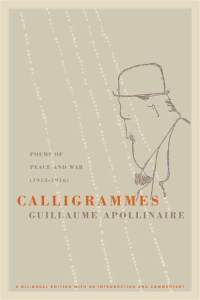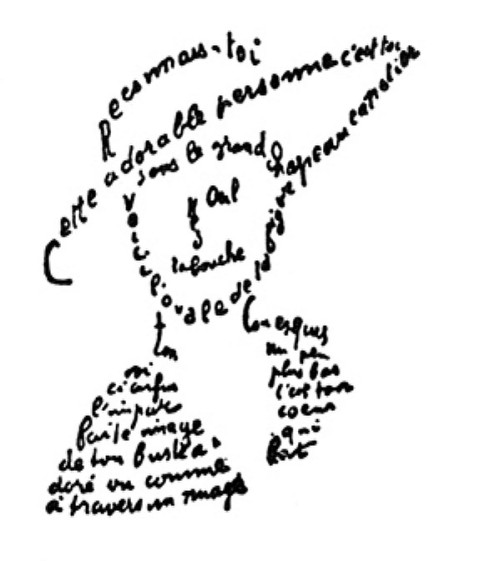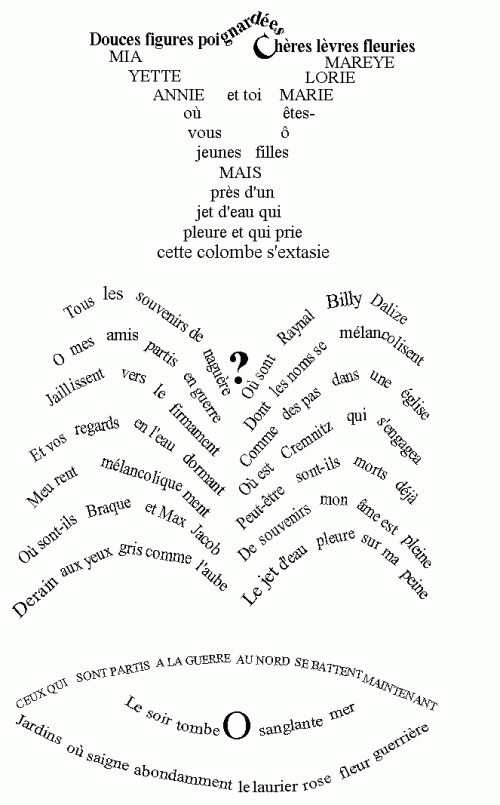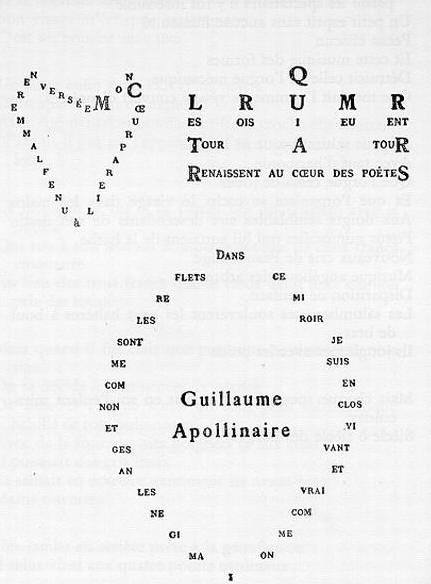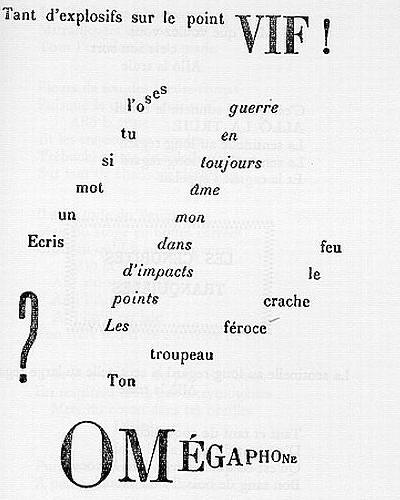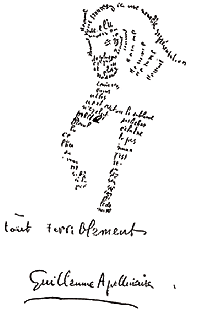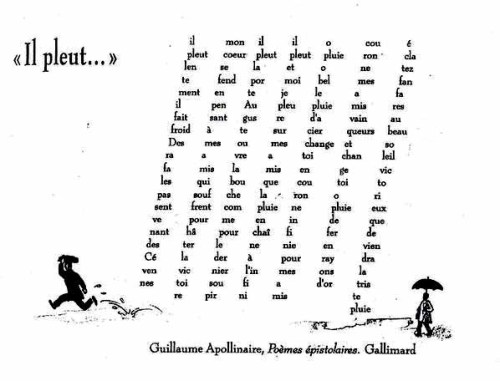Edgar Allan Poe wrote about poetical irritability in his Fifty Suggestions, which was published in Graham’s Magazine in 1849, the year of Poe’s death:
 hat poets (using the word comprehensively, as including artists in general) are a genus irritabile, is well understood; but the ruby, seems not to be commonly seen. An artist is an artist only by dint of his exquisite sense of Beauty — a sense affording him rapturous enjoyment, but at the same time implying, or involving, an equally exquisite sense of Deformity or disproportion. Thus a wrong — an injustice — done a poet who is really a poet, excites him to a degree which, to ordinary apprehension, appears disproportionate with the wrong. Poets see injustice — never where it does not exist — but very often where the unpoetical see no injustice whatever. Thus the poetical irritability has no reference to ” temper ” in the vulgar sense, but merely to a more than usual clear-sightedness in respect to Wrong: — this clear-sightedness being nothing more than a corollary from the vivid perception of Right — of justice — of proportion — in a word, of [beauty]. But one thing is clear — that the man who is not “irritable,” (to the ordinary apprehension, ) is no poet.
hat poets (using the word comprehensively, as including artists in general) are a genus irritabile, is well understood; but the ruby, seems not to be commonly seen. An artist is an artist only by dint of his exquisite sense of Beauty — a sense affording him rapturous enjoyment, but at the same time implying, or involving, an equally exquisite sense of Deformity or disproportion. Thus a wrong — an injustice — done a poet who is really a poet, excites him to a degree which, to ordinary apprehension, appears disproportionate with the wrong. Poets see injustice — never where it does not exist — but very often where the unpoetical see no injustice whatever. Thus the poetical irritability has no reference to ” temper ” in the vulgar sense, but merely to a more than usual clear-sightedness in respect to Wrong: — this clear-sightedness being nothing more than a corollary from the vivid perception of Right — of justice — of proportion — in a word, of [beauty]. But one thing is clear — that the man who is not “irritable,” (to the ordinary apprehension, ) is no poet.
I gave this text to my students today — the first day of the new semester — in my Tortured Poet course, and I received some interesting responses. I love the emphasis on sensitivity to injustice… which lends itself, of course, to the Poet’s own feelings of victimization, sometimes self-inflicted.
And that’s what’s flitting through my mind right now, at 12:13AM.
More tomorrow.
Some links (hardly exhaustive, but a good little selection for you in case your Poe interest is piqued):
Poe Museum (Richmond, VA)
Edgar Allan Poe Society of Baltimore
“The Raven in the Frog Pond: Edgar Allan Poe and the City of Boston” (an exhibition at the Boston Public Library)
“The Great Poe Debate” via wbur.org (Boston’s NPR affiliate)
{ Blog Note }
I decided to delete my other (older) blog earlier this evening. It was there that I would post literary/academic/political/pop-cultural items, commonly including excerpts from literature, essays, articles, etc.. Over the past several months (since last summer, really), I started neglecting that blog and focusing all my energy and passion on Words and Eggs, which I’ve loved. But I’m thinking that it has come time to do a bit of melding – or at least adding some adhesive to these two divisions of my Self (which, admittedly, stretch well beyond the blogging world: my artistic vs. my “academic” selves). So, I just wanted to let you all know that you can expect some more, well, WORDS. Whether literary or political or… whatever. And today’s words belong to Mr. Poe. And I hope you enjoyed listening to them.













































